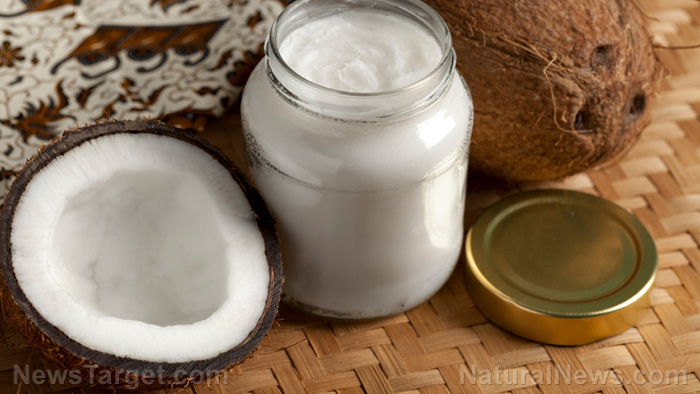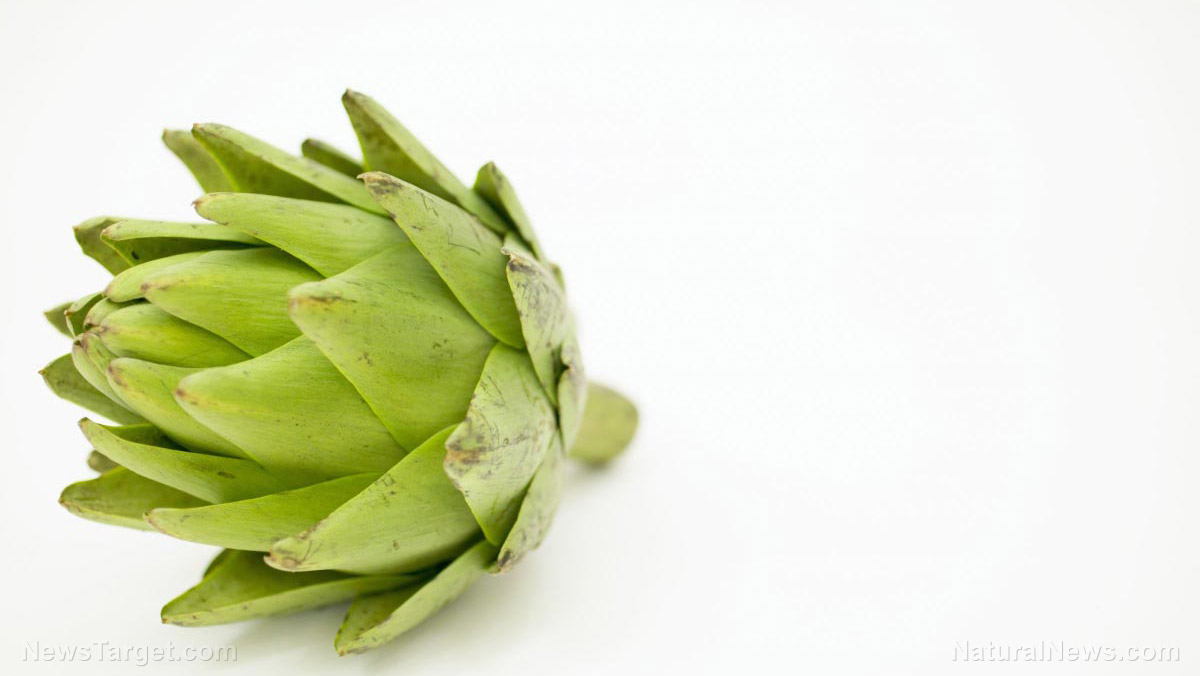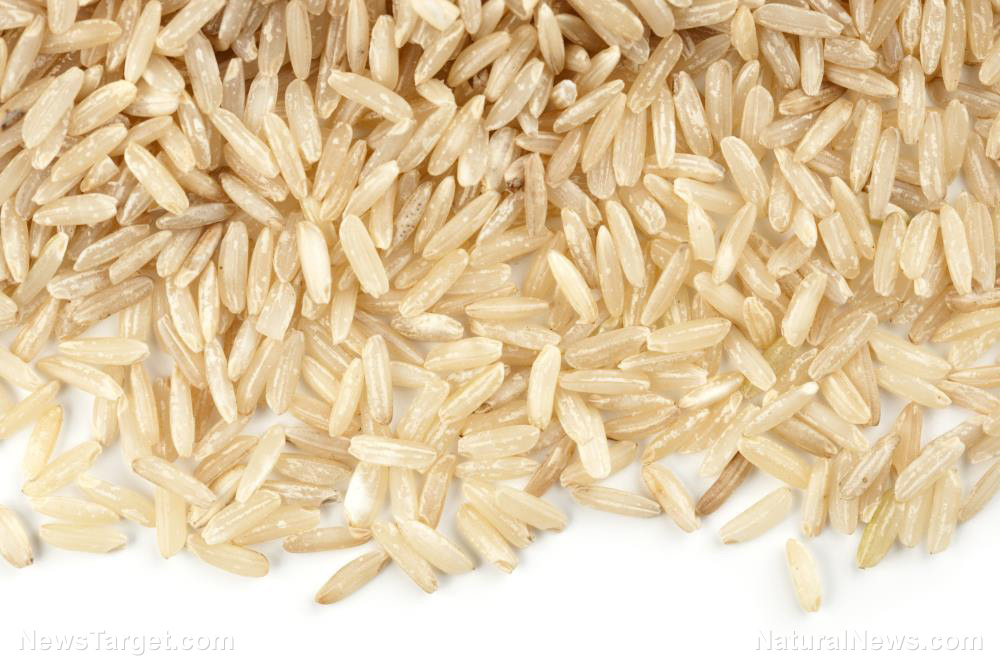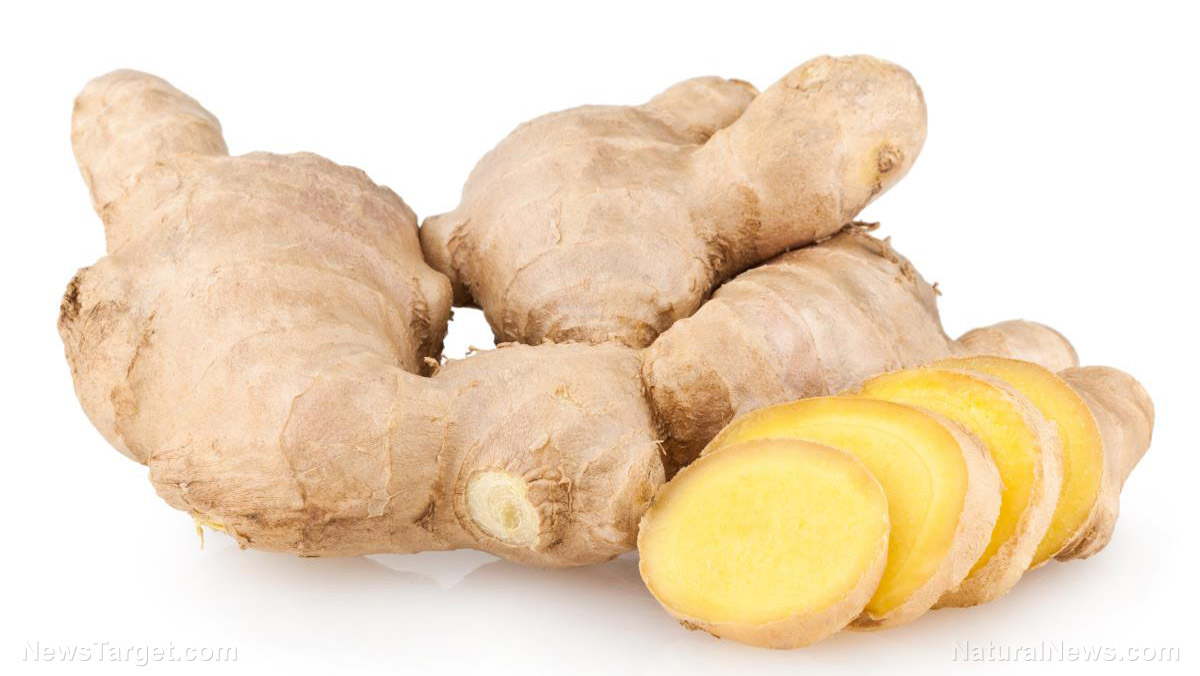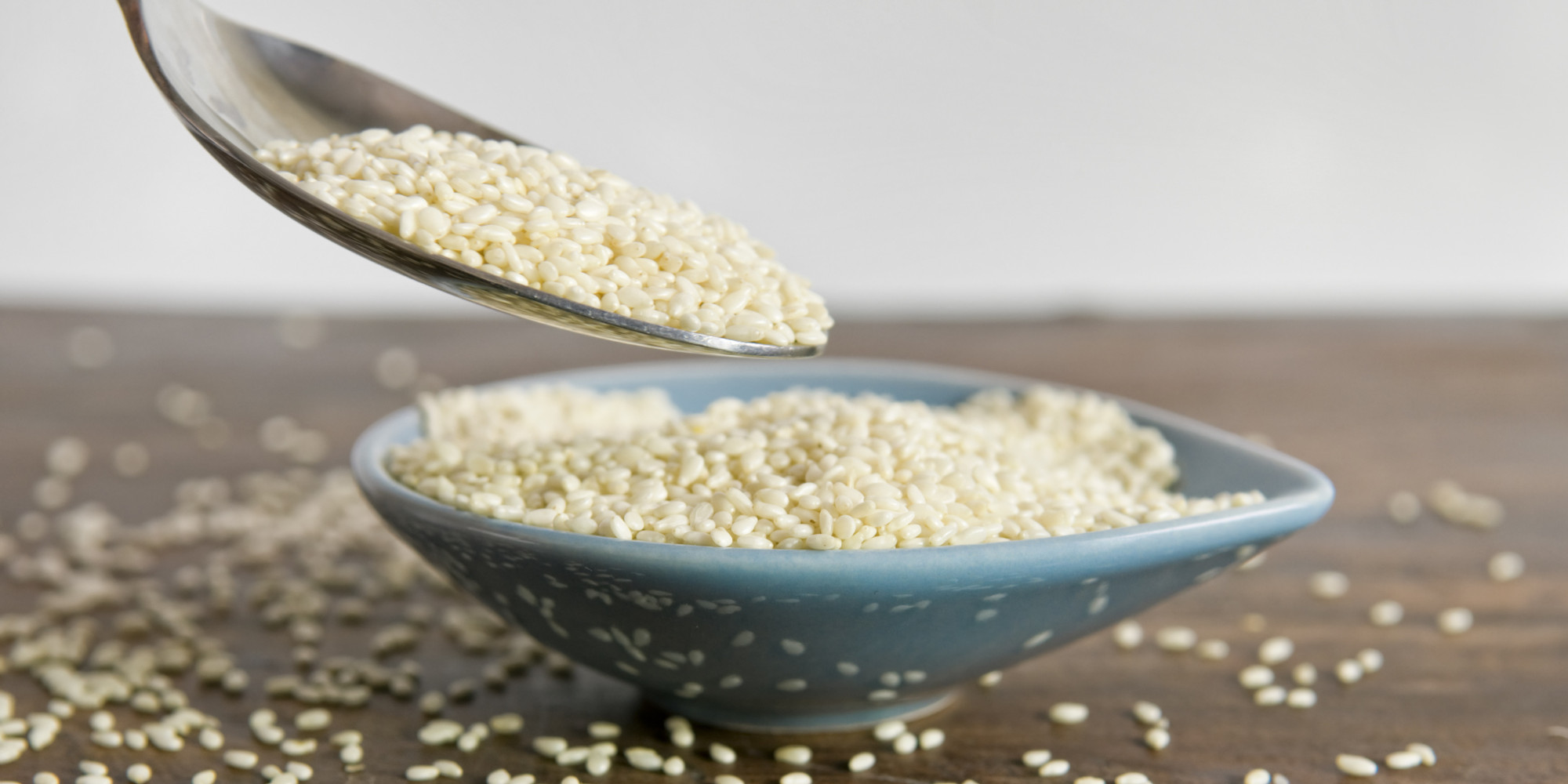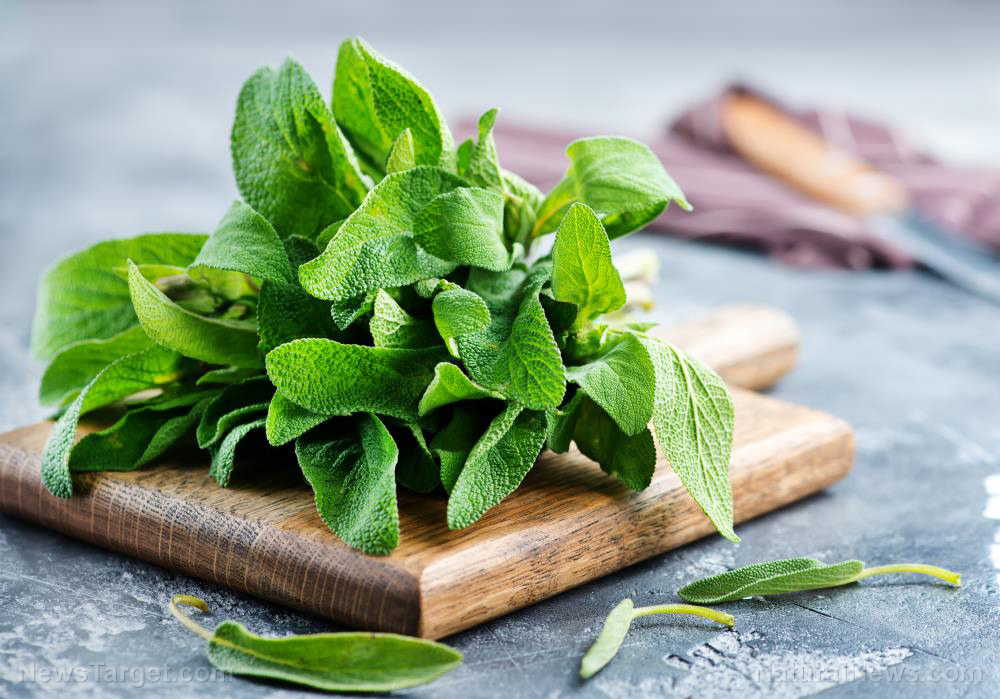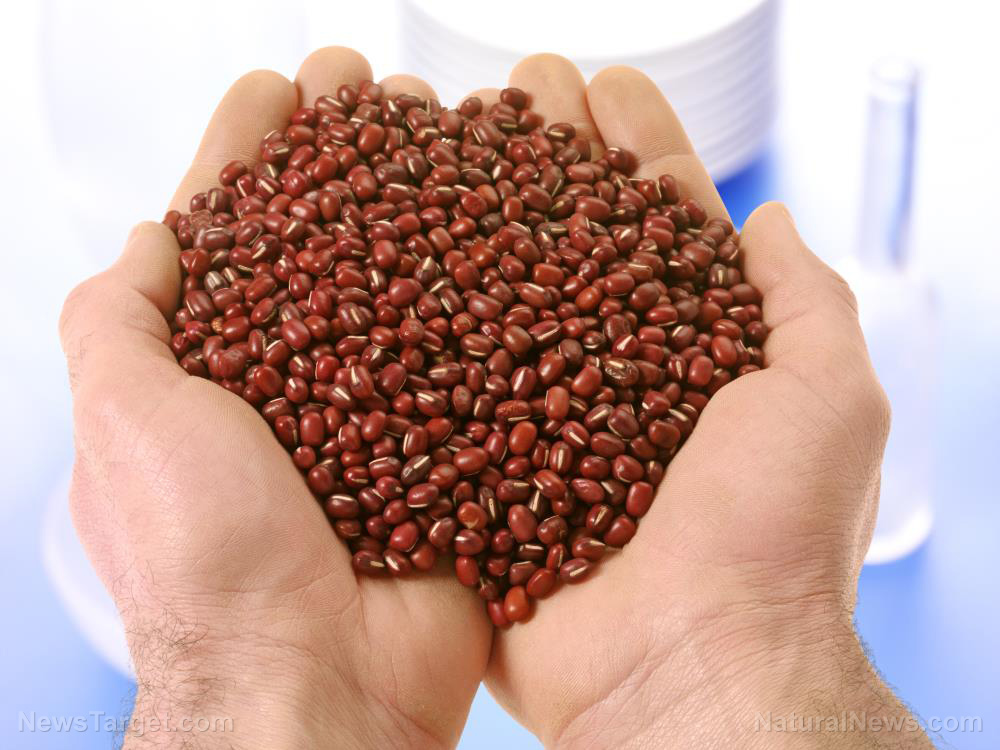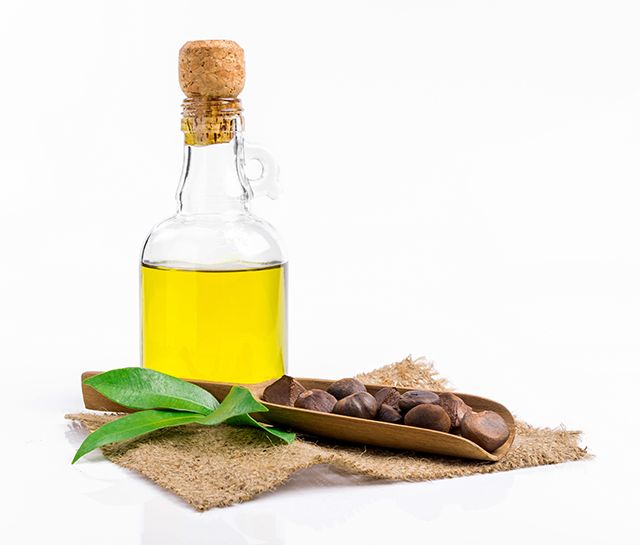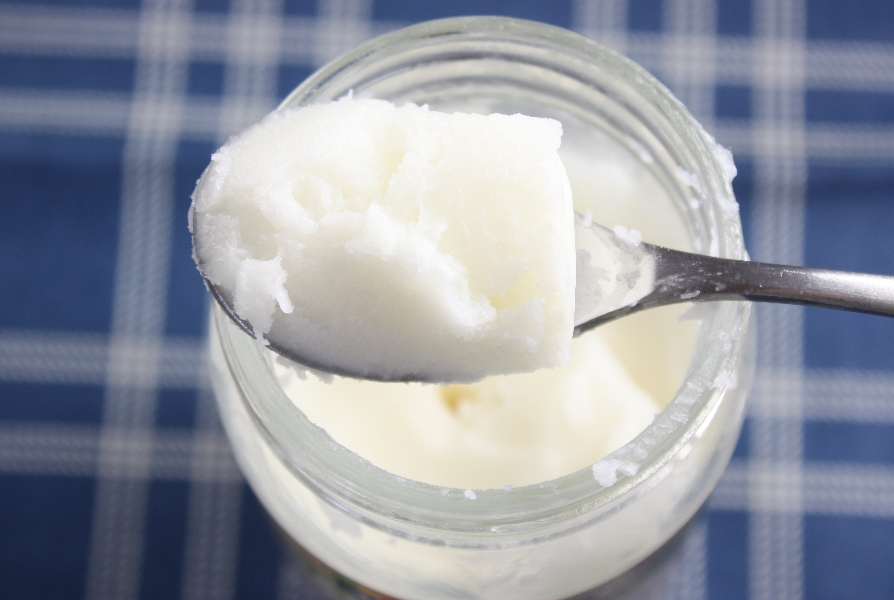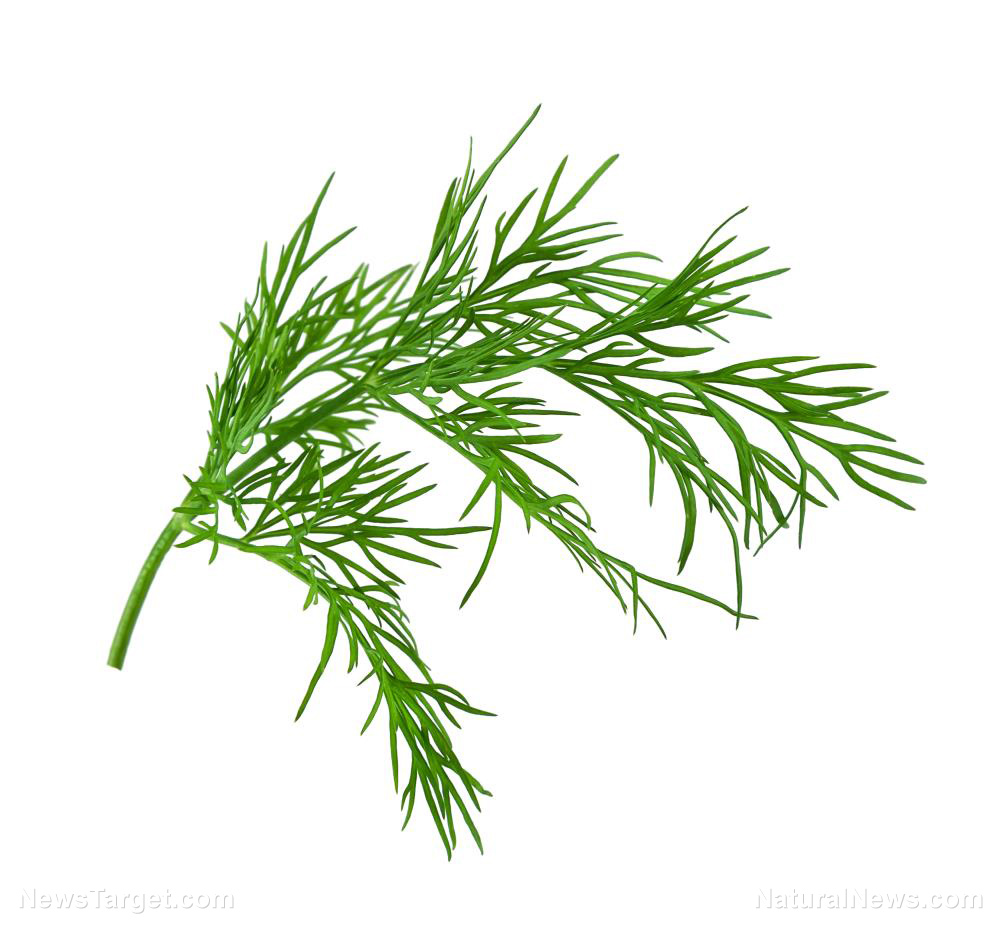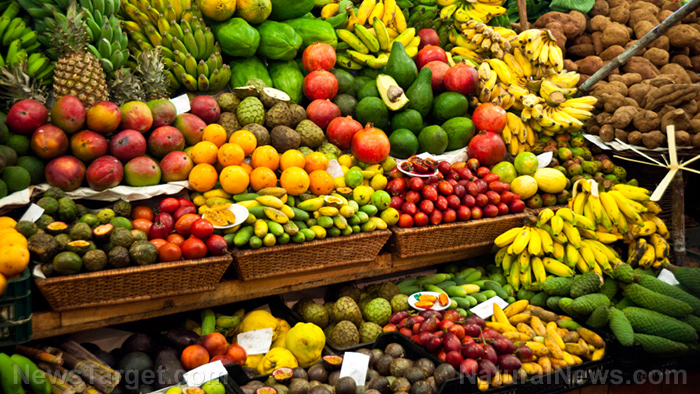AUTONOMOUS PLANES now weaponized as pesticide delivery platforms to inundate farmland with toxic chemicals
09/02/2017 / By Tracey Watson

A Silicon Valley startup company called Pyka is developing an autonomous (self-driving) plane to meet the burgeoning demand for planes that rely on artificial intelligence and sensor technology to replace co-pilots and possibly even pilots with remote operators or robots on commercial flights. The company has already produced a 400-pound plane that can take off and land in a small area (just 90 feet) and fly autonomously. However, while regulators conduct multiple tests before allowing human commercial flights, the company has hit on the brainwave of using the plane for another lucrative application: dousing agricultural land with toxic chemical pesticides.
Tech Crunch explains:
Pyka has developed a placeholder business doing crop dusting in New Zealand. That helps it earn $600 per hour while logging the hours necessary to prepare for the human transportation market. Crop dusting alone is a $1.5 billion business in the U.S.
The U.K.’s Daily Mail claims that using an autonomous plane like the Pyka Plane makes “agricultural chemical application safer, faster and more precise.” The manufacturers have engineered the plane to execute such chemical application at high speed (over 70 miles an hour) and very close to the ground, at heights which would normally be dangerous. Though the plane is likely to be exorbitantly expensive, Pyka believes this expense will be offset by its “extremely fast and affordable application” capabilities. (Related: Learn why the toxic chemicals used in conventional agriculture are so dangerous at Chemicals.news.)
In theory, the concept behind the plane seems sound. The Mail reports:
The plane’s onboard sensors allow it to self-regulate its position, flying precise paths while spraying at the right times. This allows the plane to compensate if there’s wind and drift, leading to using less chemicals per acre while also decreasing accidental exposure of chemicals to other areas.
While pesticide drift from conventional spraying is a big problem, Pyka is missing the point: Spraying toxic chemicals more efficiently doesn’t negate the fact that they are toxic in the first place. What is needed is the eradication of pesticides, not the more efficient application thereof.
For years independent media leaders like Mike Adams of Natural News have been warning about the dangers of such pesticides, including Monsanto’s Roundup, which contains over 50 percent glyphosate. (Related: How Monsanto’s Roundup unleashes chemical violence against women and children.)
Big Agri came out with guns blazing against such allegations, insisting that glyphosate – and by extension Roundup – had been proven to be safe in countless scientific studies.
Then, in March 2015, the World Health Organization’s International Agency for Research on Cancer (IARC) issued a report entitled IARC Monographs Volume 112: evaluation of five organophosphate insecticides and herbicides, which turned the agricultural world on its head and left Monsanto with serious egg on its face.
The report findings stated:
The herbicide glyphosate and the insecticides malathion and diazinon were classified as probably carcinogenic to humans (Group 2A). [Emphasis added]
With an increasing number of studies linking glyphosate to the cancer non-Hodgkin’s lymphoma, Monsanto is now facing a crippling barrage of lawsuits from plaintiffs and their families whose lives have been destroyed by chemical pesticides.
So, you see, searching for “safer” and more effective ways to dump these chemicals on farmland is not the solution. The only way forward is to stop using chemical pesticides and throw our collective weight behind the growing organic movement worldwide.
Sources for this article include:
IARC.fr[PDF]
Tagged Under: aerial spraying, autonomous planes, crop dusting, glyphosate, Monsanto, pesticide drift, Pyka Plane, Roundup

